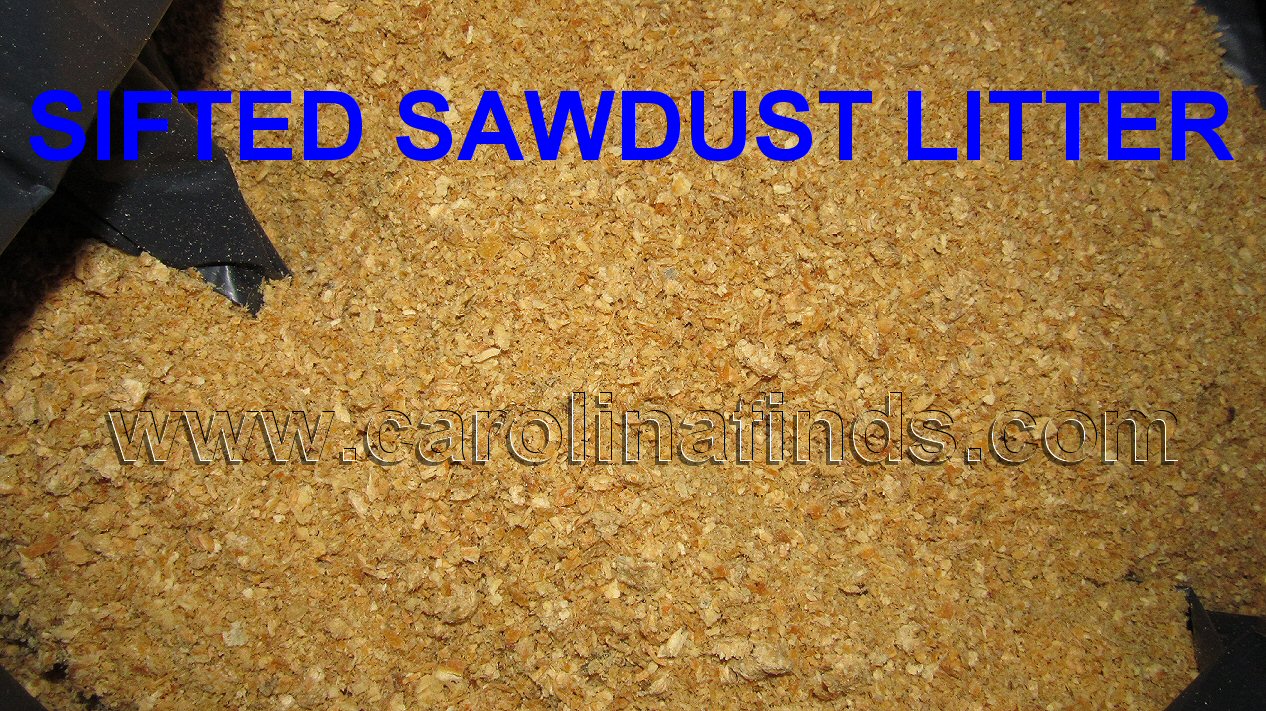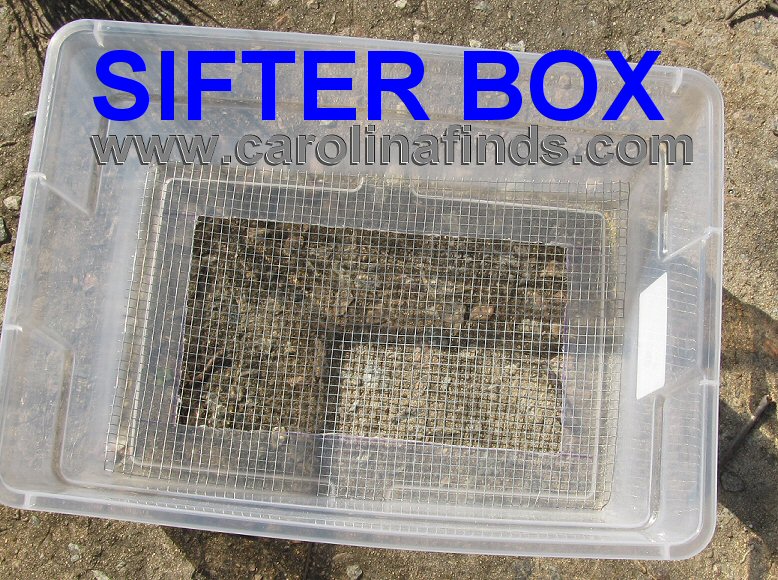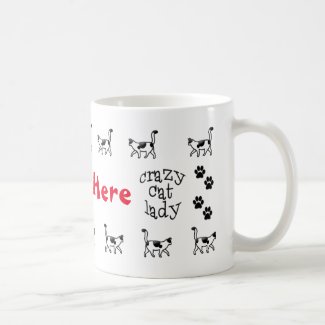
WHY I’M DUMPING CLUMPING LITTER
Some years back I switched from regular cat litter to clumping thinking it would be less expensive and make it easier to maintain multiple litter boxes. I’ve used different varieties – brand name, store name, generic, scented, unscented, lightweight. Looking back I don’t know that I saved money since it’s more expensive than non-clumping. It was less work in that I got a little more time between total dump and clean of the boxes. I t seemed to break down and become less absorbent. Urine would get to the bottom of the box and turn into a nasty, smelly goop.
The pee clumps solidify a lot more litter than you would think and they’re heavy. I scooped into a plastic grocery bag. If you dispose of these in your regular garbage it only take a few bags to make your garbage too heavy to easily manage. Living on a farm I was able to designate an out of the way ‘cat compost’ area. (You need to keep cat waste away from any food growing areas.) This clumping stuff doesn’t break down well. The entired pile has now turned into the “goop” I mentioned that sticks to the bottom of the litter box and is sitting there and hasn’t dissolved much even after days and days of heavy rains, which brings me to this thought:
I’d see clumping litter tracked all over my house, literally. It can, will, and does stick to kitty feet/fur. Cats groom themselves – without a doubt some of the cat litter gets ingested. Could this eventually cause problems since it clumps? Could it clump in your furbaby’s intestines over time and cause issues I don’t know the answer but I know what I saw when I scooped it and where I dumped it outside. I’m thinking clumping cat litter may not be very environmentally friendy.
MY SEARCH FOR A NON-CLAY LITTER MATERIAL
There are litter products made from recycled newpapers and other materials and even special boxes to use them in but they seem expensive to me. Finally I came across a lot of posts and youtube videos where people have started using pelletized pine equine bedding – horse stall bedding or litter. It seems some people also use this for their small animal cages, too. Be aware that some people question the safety of it, citing that pine may be toxic to cats and also suggesting that you make sure what you use is kiln dried. Since cats don’t spend extended periods of time in a litter box I think it is a non-issue and may be no more of an issue than clumping cat litter. But, that is MY personal opinion so do your own research and make your own decision.
My local Tractor Supply store carries pelletized pine horse bedding and it comes in 40 pound bags, normally priced at $5.99 as of this posting. These bags are a lot bigger than a 40 pound box of clumping litter. One bag filled three litter boxes with 1/4 to 1/3 bag left over.

You scoop the poop out as usual. Unless the poop is unusually soft very little of the pellets stick to it. I’ve found that most of the kitty waste is urine, not poop. When kitty pees , the pellets break down into sawdust and that works it’s way to the bottom of the litter box. You separate the solid pellets from the sawdust, dispose of the sawdust and put the pellets back into the litter box. Add some new pellets to keep around the same amount of litter available. The sawdust has absorbed the urine but is dry. The bottom of the litter box is also dry. I’m noticing NO URINE SMELL when I separate the sawdust from the remaining pellets.

SIMPLIFYING THE SEPARATION PROCESS
Using pine pellets will likely be a little more work and take more time but if it is better for the kitties and saves money it’s worth it. I have three litter boxes. Trying to use a pooper scooper to separate sawdust from good pellets simply isn’t going to work well for me, plus when I tried it I felt I was disposing of too many good pellets. It was going to be necessary to come up with a way to sift the litter better and faster.
Your local hardware store is your friend. You will need a plastic storage bin – my experimental model is approximately 16×11. You want to cut out the center of the bottom, leaving a border of around 1 1/2 inch around the edges. You will also need some hardware cloth with 1/4 inch holes. I used 23 gauge. Anything with smaller or larger holes will not work. It needs to be wire and fairly stiff. My first attempt I tried to use some recycled material that was too flimsy and it didn’t work well at all. PLEASE WEAR SAFETY GLASSES AND USE OTHER SAFETY PRECAUTIONS.
I got out my dusty but trusty Dremel tool and after marking the bottom of the plastic bin I used a cutting disc to remove the center. It’s not perfect, of course, and because the speed of the Dremel tends to somewhat melt some of the plastic you’ll need to smooth that – I was able to break/pull it off with my fingers.
The most difficult part is cutting the hardware cloth. That stuff is wicked! It will snag, cut and poke you badly. WEAR HEAVY LEATHER GLOVES. Could I find my wire/metal snips? Of course not. I finally dug out my trusty kitchen shears and they worked. Again, and I can’t stress this enough, hardware cloth is sharp and can and will tear into your skin.

My setup is such that I sift the sawdust into a designated trash bag and have an old dishpan to dump the good pellets into until I finish sifting. I am sifting each box in two to three batches. Once done I simply dump the good pellets back into the litter box and add a few new pellets if necessary.
I will be finetuning my sifting setup. The box I picked up has a little dip at the edge where the sides meet the bottom which allows sawdust to settle in it and it has to be knocked out to keep from adding it back to the good pellets. My hardware cloth isn’t fitting as snuggly as it should and when I dump the good pellets it occasionally tries to fall out – again, be careful with it, the little nubs where it’s cut are sharp. It’s a minor issue, though – just a little extra work.
MY VERDICT
I’m happy with the results I’ve seen so far. Once I get the sifter box working better I’ll be even more satisfied. The sawdust does not smell like cat urine. It’s dry. The bottom of the litterbox stays dry. The weight of kitty waste is only a fraction of what I had to deal with while using the clumping litter. My wild herd does kick some litter out of the boxes but it’s much easier to clean up. The only issue I’ve had is that there has been a slight rebellion when it comes to pooping in the box, but that is improving. It’s important to note that I didn’t slowly merge them over to the equine litter. I was out of clumping litter, the boxes needed changing badly so I went “cold turkey” over to the new litter.
If you have inside kitties this is a project worth trying. It not only cuts down on odor but should save a considerable amount of money. Sure, it may be a little more work but furbabies are worth it.
UPDATE April 18, 2019
I’ve been using pine pellets for over three months now and am pleased with the results. I just opened the fourth bag and I’d estimate that I use around 1 1/2 bags per month. At $5.99 a bag, that is a LOT cheaper than clumping or even regular clay litter.
I’ve reached the conclusion that it isn’t really anymore work than regular cat litter after all and I believe it is a lot more environmentally friendly. I toss he solid waste into the regular garbage and am appreciative of the fact the weight is less. I’m using the sifted sawdust to fill in some holes and low spots in my yard. Remember, do NOT use this around any fruits, nuts or vegetable plantings.
With warmer weather arriving, we shall see if the litter continues to have less odor than other cat litters and I’ll update again.
